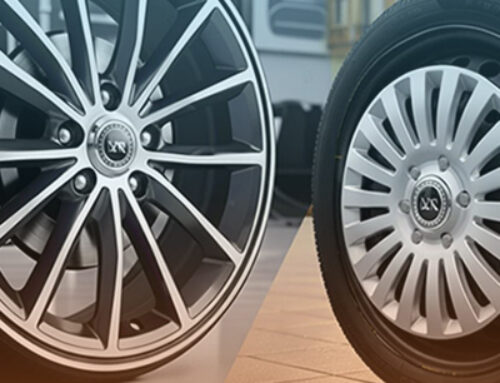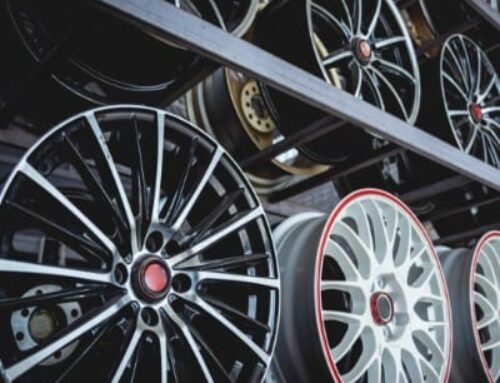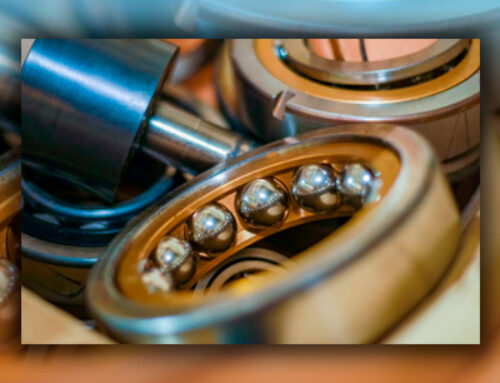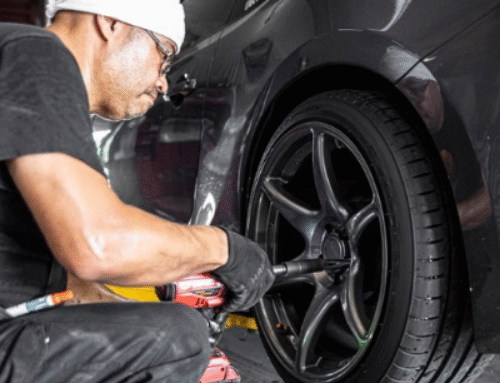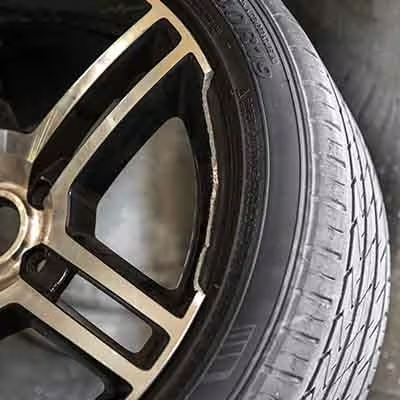
Types of Rim Damage
Your vehicle’s rims are essential for both aesthetics and safety, as they keep your tires spinning smoothly on the road. However, the daily challenges of driving—such as potholes, curbs, and rough terrain—can lead to different types of rim damage. Understanding these types of damage is crucial to maintaining your car’s performance and prolonging the life of your rims. We will discuss the types of rim damage, how to spot them, and what you can do about it.
What is Rim Damage, and Why Should You Care?
Rim damage refers to any form of impairment to your wheel rims, which can vary from minor cosmetic issues like scratches to serious structural problems like cracks or bends. Your car’s rims are vital to maintaining stability, tire wear, and the overall safety of your vehicle. Damaged rims not only reduce the visual appeal of your car but also affect performance and safety.
Driving on damaged rims can lead to poor handling, increased wear and tear on your tires, and even more costly repairs in the future. Keeping your rims in good condition ensures that your car runs smoothly, improves fuel efficiency, and provides a safer driving experience.
Common Types of Rim Damage
Rim damage can take many forms, each caused by different factors. Below are the most common types of rim damage and what you should know about them:
 1. Bent Rims
1. Bent Rims
Bent rims occur when the wheel is subjected to a hard impact, such as hitting a pothole or a curb. When a rim bends, it loses its original shape, leading to issues with wheel alignment, vibrations while driving, and uneven tire wear. Bent rims can often be repaired depending on the severity of the bend, but if left unattended, they can cause further damage to the tires and suspension system.
 2. Cracked Rims
2. Cracked Rims
Cracks in rims are a serious form of damage that can compromise the integrity of the wheel. Cracked rims are usually caused by hitting something hard, like a curb or debris, or by metal fatigue over time. While small cracks may be repairable, larger ones often require a full replacement. Driving on cracked rims can be extremely dangerous, as the crack can worsen, potentially leading to wheel failure.
 3. Scratched Rims
3. Scratched Rims
Scratches are often the result of contact with rough surfaces like gravel or curbs. While scratches are primarily a cosmetic issue, they can make your rims more vulnerable to corrosion, especially if left untreated. Regular cleaning and protective coatings can help prevent further damage.
 4. Curb Rash
4. Curb Rash
Curb rash is one of the most common types of rim damage and occurs when the rim scrapes against a curb while parking or turning. This results in visible scrapes, gouges, or dents. While curb rash is usually a cosmetic issue, repeated instances can weaken the rim over time and make it more susceptible to further damage.
Signs of Rim Damage – What to Look For
Identifying rim damage early can save you from costly repairs and keep your vehicle safe. Here are some signs to watch for:
- Uneven tire wear: If you notice that your tires are not wearing evenly, it could indicate a bent or misaligned rim.
- Vibrations while driving: If you feel unusual vibrations while on the road, especially at higher speeds, a bent or damaged rim may be the culprit.
- Visible damage: Regularly inspecting your rims for cracks, bends, or scratches can help you catch problems early before they escalate.
Causes of Rim Damage
Rim damage can result from a combination of driving habits, road conditions, and environmental factors. Here are the main causes:
- Poor driving habits: Excessive speed, hard cornering, and hitting curbs while parking can all contribute to rim damage.
- Potholes and rough roads: Driving over uneven terrain, especially at high speeds, can lead to bent or cracked rims.
- Extreme weather: Exposure to harsh weather conditions, such as road salt or heavy rain, can cause corrosion and weaken the structure of your rims over time.
- Heat buildup: Sustained braking or acceleration can create excessive heat, leading to cracks in the rim metal.
Prevention – How to Avoid Rim Damage
While some types of rim damage are unavoidable, there are steps you can take to minimize the risk:
- Avoid potholes: Drive cautiously and try to avoid potholes, rough roads, or debris that could impact your rims.
- Park carefully: Be mindful when parking to avoid scraping your rims against curbs.
- Maintain proper tire pressure: Underinflated tires put extra stress on your rims, increasing the risk of damage.
- Regular inspections: Check your rims regularly for signs of damage and address any issues as soon as possible.
Thoughts on Types of Rim Damage
By understanding the different types of rim damage, you can take the necessary steps to keep your vehicle safe and your rims in top condition. Regular inspections, proper driving habits, and prompt repairs are essential to avoiding costly damage down the line.
If you’ve noticed signs of rim damage, don’t wait! Get in touch with professionals who can assess the damage and offer solutions to repair or replace your rims. Whether it’s curb rash, bent rims, or cracks, addressing the issue promptly can save you from more significant problems in the future.
At Wheels Doctor, our experts are trained in repairing all types of rim damage. Contact us today (305) 490-2028, (305) 964-7909 to restore your rims to their original condition!
Want to know more about wheel damage? Check out our related article on what can’t be repaired What Wheel Damage Cannot be Repaired?

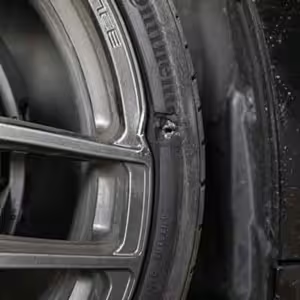 1. Bent Rims
1. Bent Rims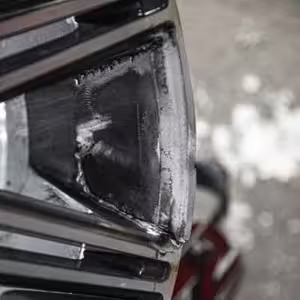 2. Cracked Rims
2. Cracked Rims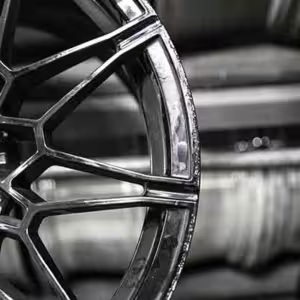 3. Scratched Rims
3. Scratched Rims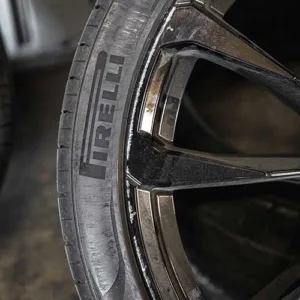 4. Curb Rash
4. Curb Rash